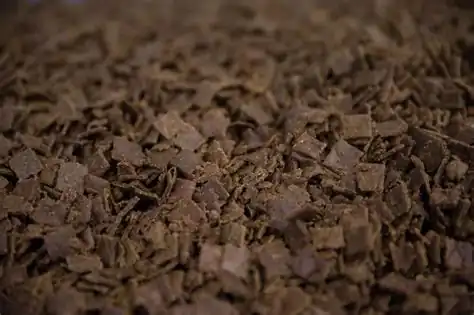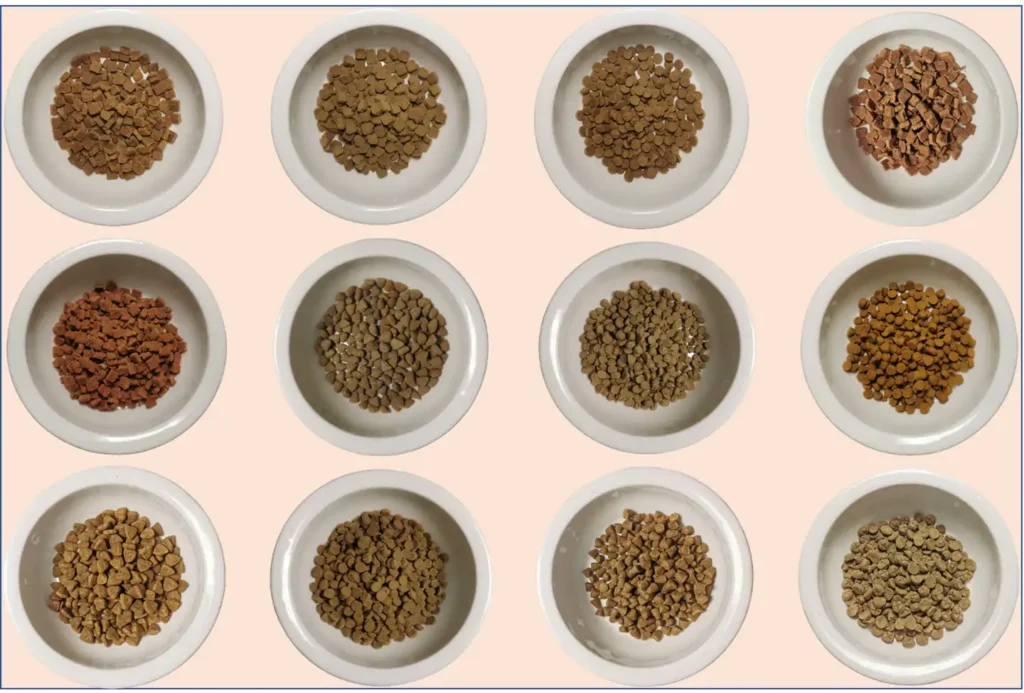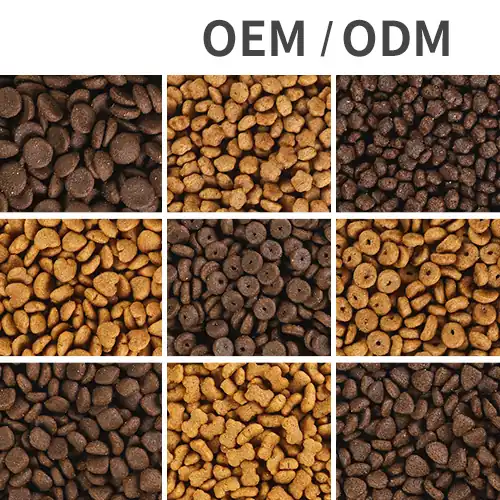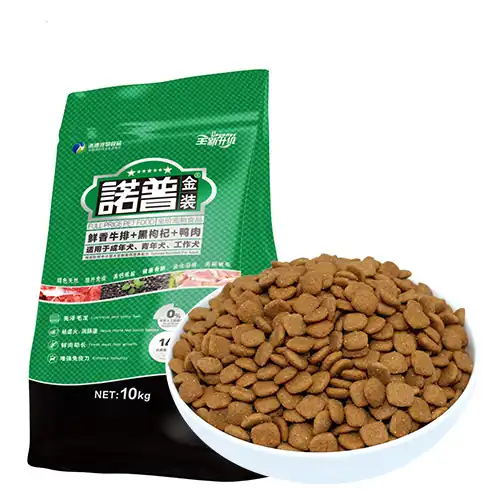Commercial cat food on the market is roughly divided into puffed food, air-dried food, and baked food. However, many people are not clear about the difference. Now I will share the basic knowledge with you. How to distinguish these three types of food?
The reason for this difference is that the production processes are different. These processing processes include: dehydration, compression, high or low temperature treatment, natural air drying, etc. Foods produced through different types of production processes have different shapes, tastes, digestibility and nutritional retention.
01. Puffed grain
Puffed food is the most common pet food on the market. It is made by high-temperature puffing, extrusion and dehydration. How is it made? To put it simply: ① First, various raw materials are crushed and mixed together to form a dough with a certain consistency, and then the dough is fed into the expansion machine. ②In the expansion machine, the raw materials are put under extreme pressure and heat, and the dough is then pressed – or extruded – through specially sized and shaped holes (called dies), which are cut away with a knife. ③Finally, the moisture is extracted through the dryer.
▲Advantages
1. Kill germs in raw materials, and the food has a long shelf life. Puffed food kills molds, bacteria and fungi in raw materials under high temperature, high pressure and puffing, thereby improving the hygienic quality of feed and effectively reducing the occurrence of diseases such as diarrhea, gastroenteritis and diarrhea. This food is also easier to preserve.
2. Increase palatability and digestibility. The puffed raw materials have unique flavor and fluffy feel, good palatability, high degree of gelatinization and good attraction effect. At the same time, the long-chain structures of certain organic substances (such as proteins and fats) are changed into short-chain structures, making them easier for animals to digest and absorb.
3. The price is moderate. Due to the relatively high utilization rate of raw materials, puffed food is generally relatively low in price among all pet staple foods.
▲Disadvantages
1. A large amount of nutrients in raw materials are lost. During the extrusion process, it destroys many important nutrients due to multiple cooking heats, extreme temperatures, and pressure. Many nutrients are very sensitive to heat, and high temperatures can reduce protein, vitamin and antioxidant content, significantly reducing the overall nutritional value of food. At the same time, the evaporation of water will also lead to the loss of vitamins.
2. Addition of starch raw materials. Since puffed food requires the addition of starch during processing to ensure the adhesion of the material, pets are not suitable for eating food containing a large amount of starch.
02. Air-dried food
Air drying is one of the oldest methods of preserving food. Air-dried food is produced by natural air-drying, or by simulating natural air-drying conditions, removing moisture through evaporation without adding heat.

▲Advantages
1. Reduce nutrient loss to a great extent. Using air-drying technology, materials can be air-cooled and dried without heating, minimizing the damage of proteins, vitamins, sensitive nutrients and enzymes contained in natural ingredients, and well retaining the structure of raw materials, resisting possible damage caused by freeze-dried foods. Shattered. That is to say, the nutritional content of meat raw materials is greatly retained.
2. The starch content is low, which is close to the pet’s eating habits. This technology does not require starch to bind raw materials, which can greatly reduce the use of starch, and the taste is closer to the eating habits of cats and dogs.
▲Disadvantages
The price is relatively high: Compared with puffed food, the price of this type of pet food currently on the market is generally relatively high.
03. Baked food
Pet baked food on the market is usually made by low-temperature cold pressing, allowing the raw materials to mature slowly and then baked into shape.

▲Advantages
In terms of texture, baked grains feel very light. Compared to puffed grains, low-temperature baked grains can retain the nutrients of the food to a greater extent because they have not been subjected to high temperatures.
▲Disadvantages
However, due to the immature production technology, there are currently not many products on the market, with relatively high prices and a relatively small audience.
No matter which feeding method is chosen, which grain is used as the staple food depends on finding the right balance to meet the needs of the pet, and the choice should be based on your own lifestyle, consumption affordability, etc.


